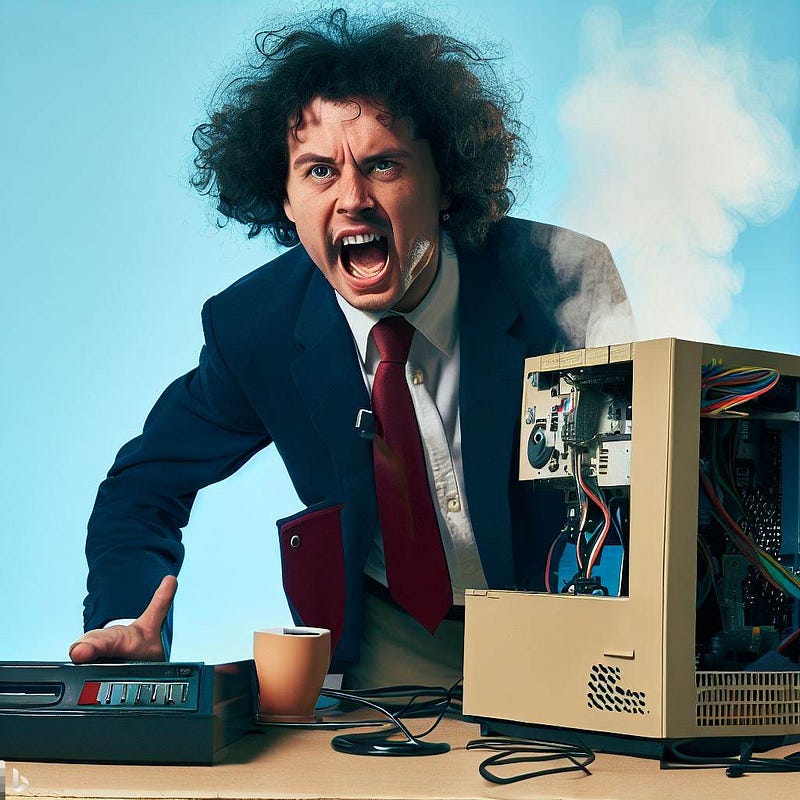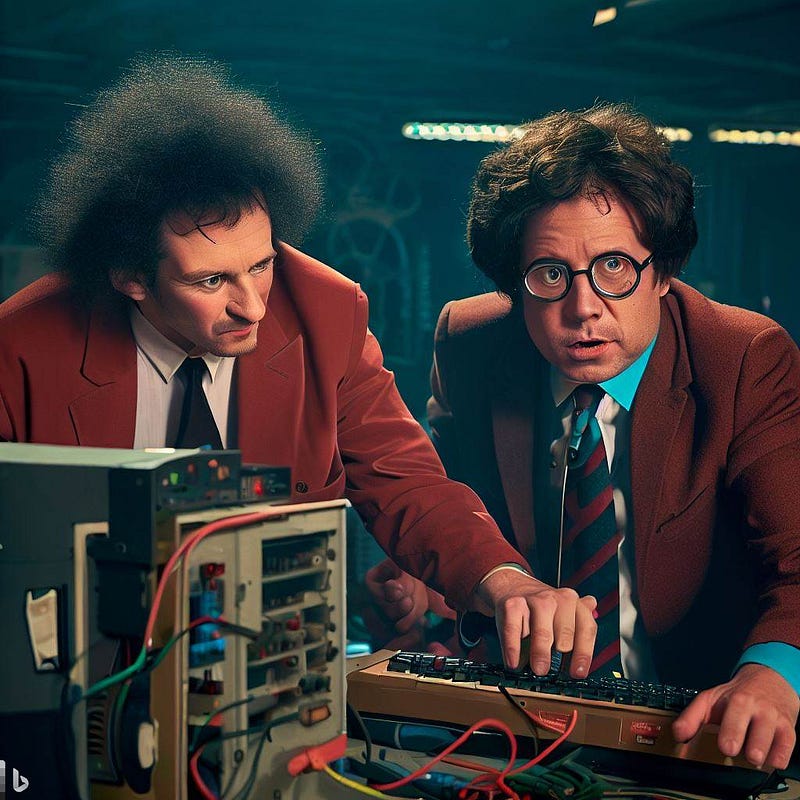Complete Guide to Fixing Your Slow PC: Professional Troubleshooting Steps
Is your computer running slower than it used to? Before you consider buying a new machine, try these proven troubleshooting methods that can restore your PC's performance to near-original speeds.
Step 1: Factory Reset Windows (Nuclear Option)
When your PC is severely compromised by malware, bloatware, or system corruption, a factory reset can restore it to peak performance. Windows 10/11 includes a "Reset this PC" feature that keeps your files whilst removing problematic software and settings.
How to factory reset:
• Go to Settings > Update & Security > Recovery
• Click "Get started" under Reset this PC
• Choose "Keep my files" to preserve documents
• Follow the prompts - this process takes 1-3 hours

Step 2: Optimise SSD Performance
SSDs slow down significantly when they're over 75% full. Reducing data storage can dramatically improve speed and extend drive lifespan.
SSD optimisation steps:
• Keep SSD under 75% capacity for optimal performance
• Use Disk Cleanup to remove temporary files
• Move large files (videos, photos) to external storage
• Disable hibernation if you don't use it: powercfg -h off
• Enable TRIM: fsutil behavior set DisableDeleteNotify 0
Step 3: Check Disk Health with CrystalDiskInfo
Failing storage drives are a common cause of PC slowdowns. CrystalDiskInfo provides detailed health information about your drives.
Using CrystalDiskInfo:
• Download from the official website (crystalmark.info)
• Look for drive health status: "Good" is healthy, "Caution" or "Bad" means replacement needed
• Check temperature - drives over 50°C may be overheating
• Monitor reallocated sectors and pending sectors counts
Step 4: Upgrade Your RAM
Insufficient RAM forces your PC to use slow storage as virtual memory. Adding more RAM can provide immediate performance improvements.
RAM upgrade process:
• Check current RAM: Task Manager > Performance > Memory
• If usage regularly exceeds 80%, you need more RAM
• Use CPU-Z or Speccy to identify current RAM type and speed
• Purchase matching RAM modules for best compatibility
• Install in matching slots (usually colour-coded on motherboard)

Step 5: Basic Troubleshooting (Still Essential)
These fundamental steps remain effective for resolving common issues:
Restart sequence:
• Restart your PC to clear temporary files and reset processes
• Power cycle your router if internet is slow
• Check Windows Update for critical system updates
• Run Windows built-in troubleshooters for specific issues
Step 6: Software Maintenance
Regular software maintenance prevents performance degradation over time.
Maintenance checklist:
• Update all software, especially drivers and security patches
• Run full antivirus scan with Windows Defender or your preferred solution
• Use Task Manager to identify programs consuming excessive resources
• Disable unnecessary startup programs
• Clear browser cache and temporary files
Step 7: Hardware Diagnostics
If software fixes don't resolve the issue, hardware problems may be the culprit.
Diagnostic tools:
• Windows Memory Diagnostic for RAM testing
• CHKDSK for drive error checking
• HWiNFO64 for comprehensive hardware monitoring
• Stress testing with Prime95 or AIDA64 to identify unstable components

When to Seek Professional Help
If these steps don't resolve your issues, consider professional diagnosis, especially if you encounter:
• Blue screen errors (BSOD)
• Hardware failure warnings
• Persistent overheating
• Unusual noises from hard drives
Remember: regular maintenance prevents most performance issues. Schedule monthly checks of disk health, RAM usage, and system temperatures to keep your PC running smoothly. Most slowdown issues are software-related and completely fixable without expensive hardware replacements.
#PCTroubleshooting #ComputerRepair #TechSupport #PCMaintenance #HardwareUpgrade #WindowsTroubleshooting #PCOptimisation #TechTips #ComputerPerformance #DIYRepair
David is a dynamic professional with a proven record in digital marketing, web development, graphic design, and video production. He has orchestrated impactful campaigns for global giants such as Rentokil Initial and Microsoft UK. Alongside his proficiency in Python programming and AI, David's fervour for technology fuels his innovative social media strategies and creative troubleshooting. His adeptness aligns seamlessly with multifaceted challenges, underpinned by his unwavering values.
More from the Blog
Below you'll find a selection of my personal blog posts — reflections, ideas, and opinions entirely my own. Each article represents a snapshot in time, a thought worth sharing, or simply something I found worth writing down.
Bitcoin and the Blockchain an overview
David Beck Autobiography
How SMEs are leveraging digital marketing
How to avoid Zoom Gloom
How to fix a computer thats running slow
How to stay safe on social media
Prevent most of attacks on accounts with Secure Passwords and MFA
Pride Inclusive Britain My Take
The AI Revolution
The Invisible Struggle What Unemployment Really Looks Like
To what extent can the Unwritten Rules of Social Massively Multiplayer Online Games configure
We should not fear AI and automation
Web development and design trends
Contact Me
07748311327








#DavidWilliamBeck #DigitalMarketingExecutive #WebsiteDeveloper #Marketing #CommunityManager #Python #YouTuber #David #William #Beck #DevLife #SocialMedia #Wartorious